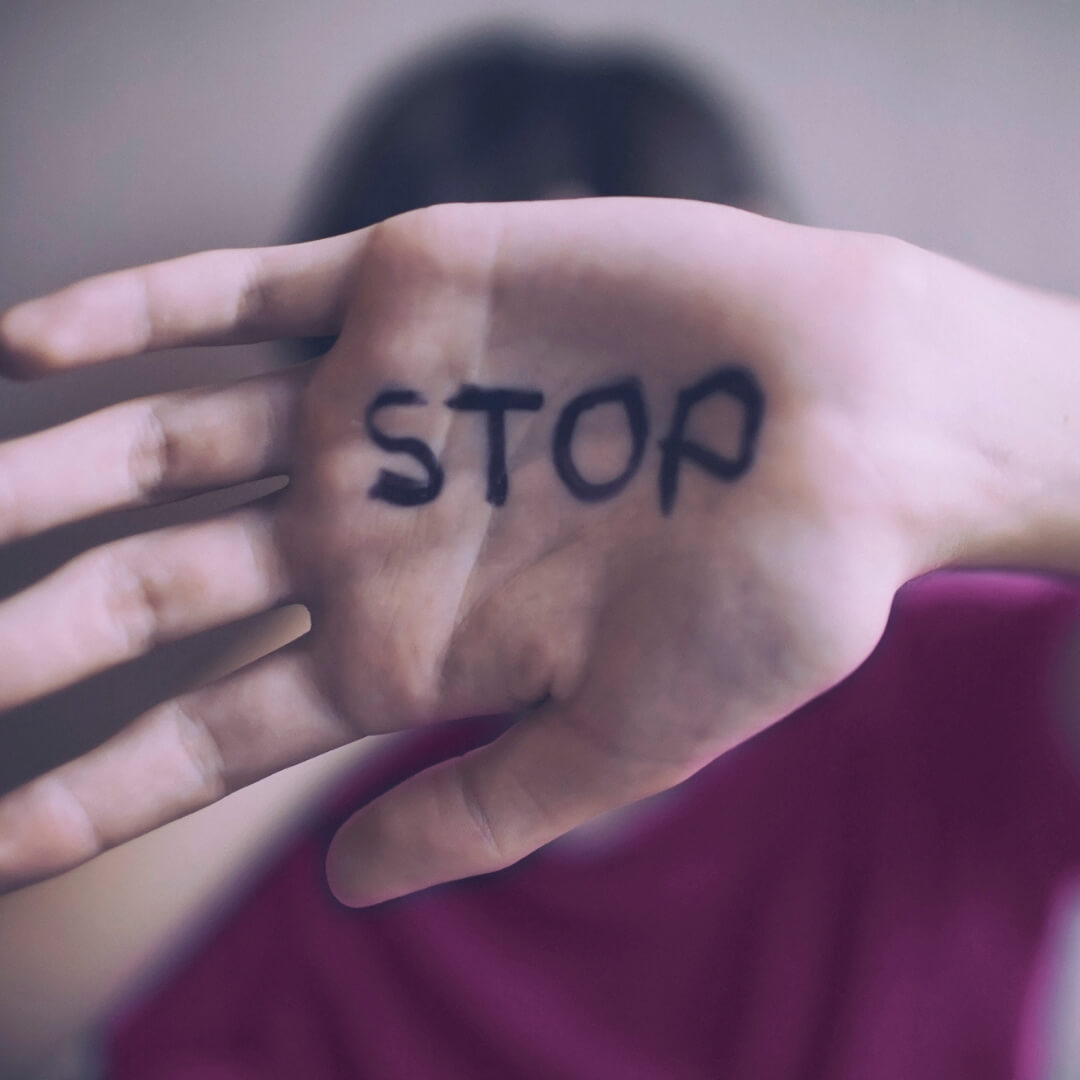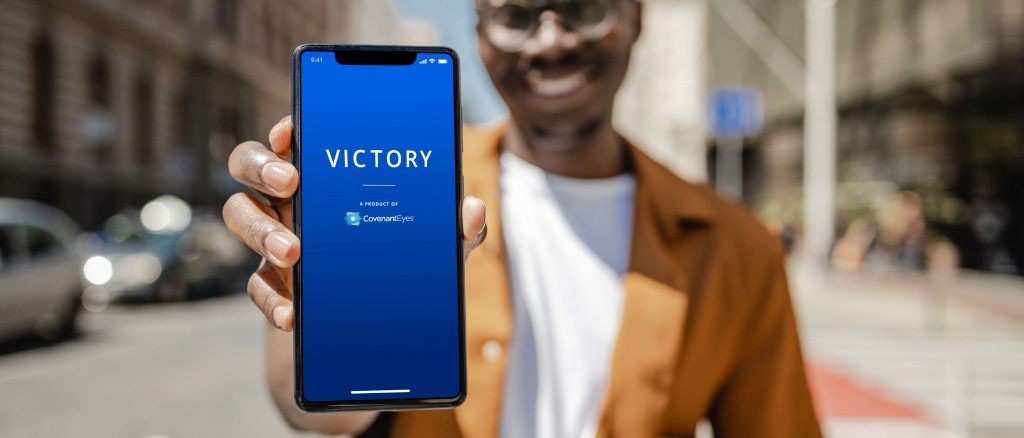We typically think of sex trafficking as something that happens far away in developing countries, but it’s happening right in our backyard. It’s happening on our computer screens, and a big culprit is the mainstream pornography distributor Pornhub.
Let’s take a look at the connection between Pornhub and sex trafficking and some practical ways that you take can a stand against this evil industry.
The Trafficking Industry Fueled by Porn
First, data shows that sex trafficking in the United States is a multi-million-dollar industry. And this industry is directly fueled by pornography in general. To varying degrees, all porn sites contribute to this. Recent evidence has revealed that Pornhub is particularly guilty of profiting off of sex trafficking.
Furthermore, consuming pornography likewise helps the sex trafficking industry. Even if you’re not paying money, just watching free porn generates advertising revenue for these websites and feeds the demand for trafficking.
See Ex-Porn Star Tells the Truth About the Porn Industry.
Pornhub’s Complicity in Sex Trafficking
On December 4, 2019, the New York Times published an op-ed exposé on The Children of Pornhub. (Trigger warning: This article includes depictions of sexual assault as well as information regarding porn searches.) The article ends with the chilling statement, “With Pornhub, we have Jeffrey Epstein times 1,000.”1
The New York Times piece was an important addition to a growing pile of testimony against the world’s largest porn platform. In February 2020, Laila Mickelwait launched a campaign to expose Pornhub’s complicity in child sex trafficking. Traffickinghub chronicles the distribution of and profiteering from illegal porn on the porn giant’s site, and Traffickinghub’s petition to shut down Pornhub now has over two million signatures.
The Lawsuit Against Pornhub
The problem with Pornhub is more than just porn—it’s sex trafficking. Since the New York Times piece was published, a full-on assault against Pornhub’s abuses has been launched. Our friends at the National Center on Sexual Exploitation (NCOSE) helped lead a class action lawsuit.
As a result, Pornhub’s profiteering from underaged victims of sex trafficking was exposed to the world. Testimony after testimony revealed the extent to which their porn empire was built on the shattered lives of exploited victims. You can read one of these stories in Accidental “Porn Star” Speaks Up About Porn’s Destructive Power.
What can be done about this?
While Pornhub’s criminal activities have been exposed and partially restrained, there’s more work to be done. Here are some practical steps.
1. Educate yourself on the issues.
Porn advocates like to argue that porn is a harmless outlet for sexual impulses. However, the evidence indicates the exact opposite. The porn industry is inseparable from the sex trafficking industry and fuels its spread around the world.
- Sex Trafficking advocacy website Exodus Cry says, “Many of the same tactics used by traffickers to lure the vulnerable into prostitution and stripping are used by pornographers to recruit victims of exploitation in the porn industry. Oftentimes perpetrators of rape, trafficking, and sexual assault upload videos of their crimes to popular porn tube sites like Pornhub, further exploiting their victims.”2
- Human Trafficking Research reported in 2014, “80% of survivors [sex trafficked individuals] report that their customers showed them pornography to illustrate the kinds of sexual acts they want performed.”3
- In the Pepperdine Law Review, expert Rachel Busick writes, “One out of five pornographic images is of a child. Over half of all child pornography is produced in the United States. Sales of these illegal images bring in over $3 billion annually in the United States alone.”4
- Allison J. Luzwick from the Northwestern Pritzker School of Law writes, “In 2014, abuse porn websites averaged over 60 million combined hits per month . . . . Recent research shows that nearly 40% of online pornography depicts violence against women.”5
- Newer research indicates much higher numbers, with as much as 88% of online pornography depicting physical violence and force used against women.6
- Women’s advocate and researcher Melissa Farley writes (trigger warning: this link includes disturbing information about prostitution and sex trafficking, with graphic quotations from sex buyers), “Many online sites sell images of women who are coerced or enslaved by pimps and organized criminal groups…. Traffickers advertised “work for coronavirus layoffs” on Craigslist (Moseley, 2020). Another pimp recruited unemployed women for a job as “models” at his porn site (Baah, 2020). Romanian and US porn pimps reported large increases in new models during the pandemic.”7
For further insights into the connection between porn and sex trafficking, see Porn and Sex Trafficking: Is There a Connection?
2. Raise awareness
As more people learn about the connection between porn and sex trafficking, positive change is happening. Owing to the pressure put on them in the aftermath of the NYT article, Pornhub has announced new policies to help prevent further victimization.8
It’s true that this is only a small step in addressing a bigger issue. Pornhub is just doing damage control and the fundamental porn problem remains. However, it’s also a clear and hopeful indicator of what can happen as more people become aware of the connection between porn and sex trafficking. Join those taking a stand by sharing this information with your friends and family.
3. Report suspicious activity to the police.
If you suspect trafficking is taking place or see something online that looks like sex trafficking, report it to your local authorities. One police department says, “Some of the most common ways to recognize a potential human trafficking victim are:
- The person appears malnourished.
- They show signs of physical injuries or abuse.
- They avoid eye contact, social interaction, and law enforcement.
- They do not have official identification or personal possessions.
- They are never away from people.”9
4. Take a stand against pornography in your own home.
Guard your own eyes and the eyes of your family. By impacting one household at a time, we can work to stop the spread of porn. By stopping the spread of porn, we can reduce the horrors of sex trafficking.
LEARN MORE PORN STATISTICS1Nicholas Kristof, “The Children of Pornhub,” New York Times, December 4 (2020). https://www.nytimes.com/2020/12/04/opinion/sunday/pornhub-rape-trafficking.html
2 Exodus Cry, “The Problem.” https://exoduscry.com/theproblem/
3Human Trafficking Search, “The Connection Between Sex Trafficking and Pornography,” April 14, 2014. https://humantraffickingsearch.org/the-connection-between-sex-trafficking-and-pornography/
4Rachel Busick, “Blurred Lines or Bright Line? Addressing the Demand for Sex Trafficking Under California Law,” Pepperdine Law Review 42 (2015). https://digitalcommons.pepperdine.edu/plr/vol42/iss2/4
5Allison Luzwick, Human Trafficking and Pornography: Using the Trafficking Victims Protection Act to Prosecute Trafficking for the Production of Internet Pornography,” Northwestern University Law Review 112 (2017). https://scholarlycommons.law.northwestern.edu/nulr/vol112/iss2/5/
6NCOSE, “The Way to Fix the Pornography Industry’s Rape Problem is to Abolish Pornography,” National Center on Sexual Exploitation, August 5 (2020). https://endsexualexploitation.org/articles/the-way-to-fix-the-pornography-industrys-rape-problem-is-to-abolish-pornography/
7Melissa Farley, “Prostitution, the Sex Trade, and the COVID-19 Pandemic,” Logos–A Journal of Modern Society & Culture (2020). Accessed on Prostitution Research. https://prostitutionresearch.com/prostitution-the-sex-trade-and-the-covid-19-pandemic/
8Nicholas Kristof, “An Uplifting Update on the Terrible World of Pornhub,” New York Times, December 9 (2020). https://www.nytimes.com/2020/12/09/opinion/pornhub-news-child-abuse.html
9 Tallahassee Police Department, “TPD Concludes Large-Scale Human Trafficking Investigation,” City of Tallahassee, November 17 (2020). https://www.talgov.com/Main/News/4943










0 comments.